
ID notes:Even when the foliage cannot be seen, Campsis is immediately recognizable by its shreddy tannish bark (unlike any of our other high-climbing vines). In the pre-Columbian landscape this plant was primarily limited to swamps and bottomlands; it has done well as a weedy colonizer of abandoned farmland, fencerows, and thickets (where particularly conspicuous on fenceposts and old tobacco barns).
Origin/Endemic status: Native
Other Comments: In swamps of the Coastal Plain it is a common liana, often with its foliage in the canopy 30-40 m above the ground, and with stems to 15+ cm in diameter.
Synonymy: = Ar, C, F, Fl6, G, GrPl, GW2, Il, K1, K3, K4, Mi, NcTx, NE, NY, Pa, RAB, Tn, Tx, Va, W, WH3, Gentry (1992), Manning (2000); = Bignonia radicans L. – S; = Tecoma radicans (L.) Juss. – Tat
Wetland Indicator Status:
- Atlantic and Gulf Coastal Plain: FAC
- Eastern Mountains and Piedmont: FAC
- Great Plains: FACU
- Midwest: FACU
- Northcentral & Northeast: FAC
Heliophily: 5
Hover over a shape, letter, icon, or arrow on the map for definition or see the legend.
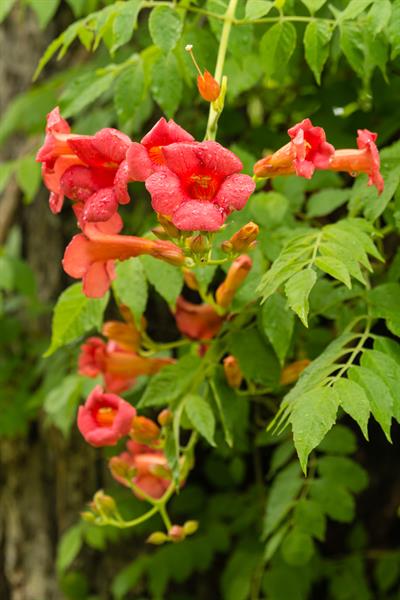 © Keith Bradley | Original Image ⭷
© Keith Bradley | Original Image ⭷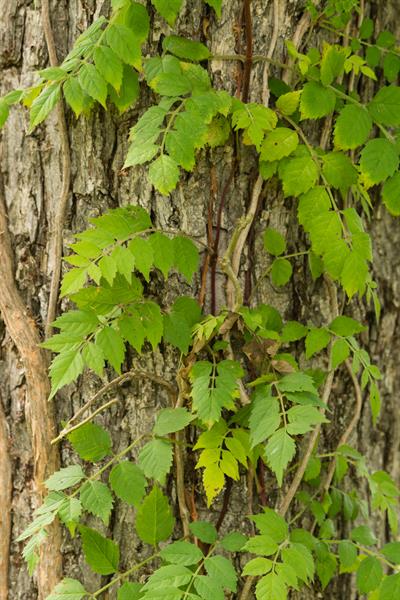 © Keith Bradley | Original Image ⭷
© Keith Bradley | Original Image ⭷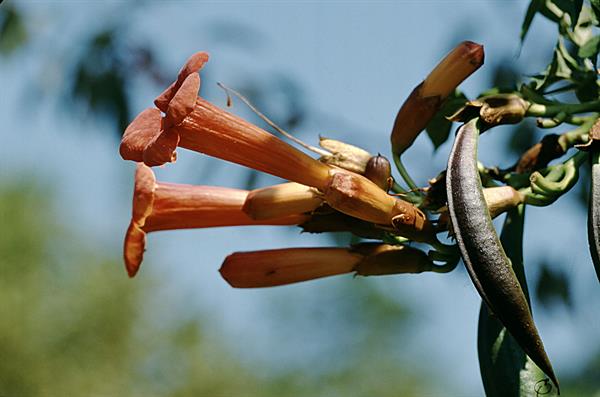 © Richard & Teresa Ware CC-BY-NC, permission granted to NCBG | Original Image ⭷
© Richard & Teresa Ware CC-BY-NC, permission granted to NCBG | Original Image ⭷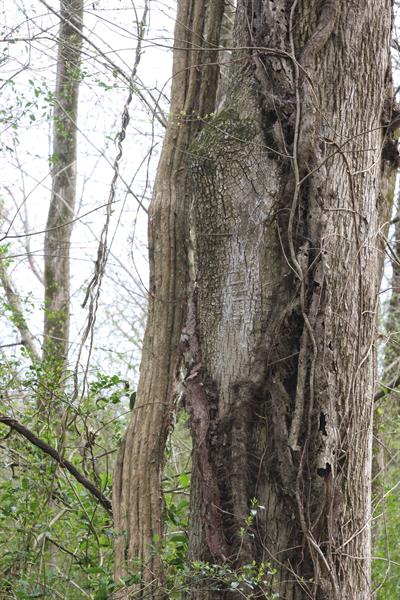 © Bruce A. Sorrie | Original Image ⭷
© Bruce A. Sorrie | Original Image ⭷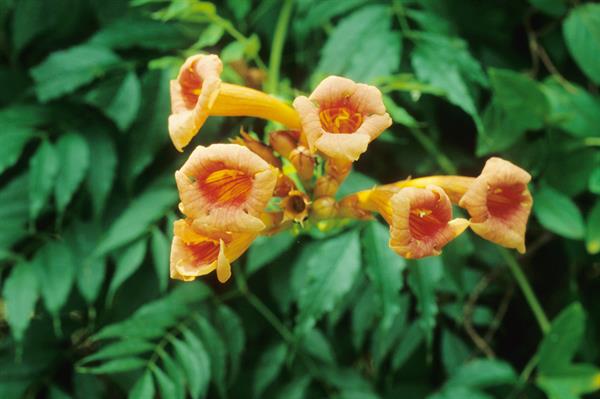 © Rob Gardner | Original Image ⭷
© Rob Gardner | Original Image ⭷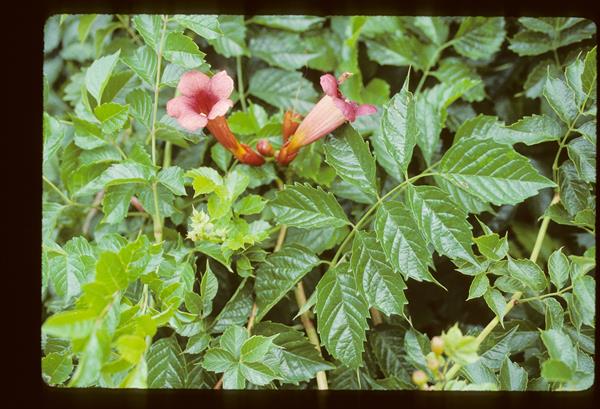 © J.W. Hardin | Original Image ⭷
© J.W. Hardin | Original Image ⭷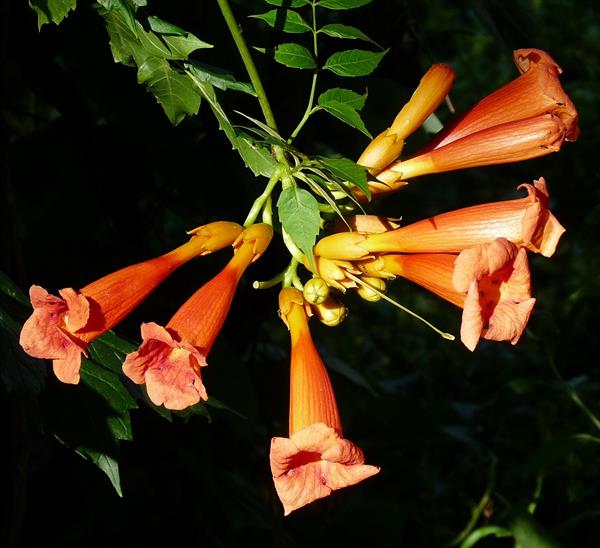 © Richard & Teresa Ware CC-BY-NC, permission granted to NCBG | Original Image ⭷
© Richard & Teresa Ware CC-BY-NC, permission granted to NCBG | Original Image ⭷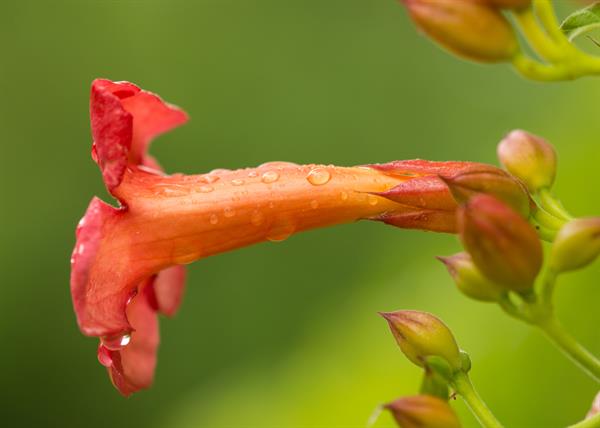 © Keith Bradley | Original Image ⭷
© Keith Bradley | Original Image ⭷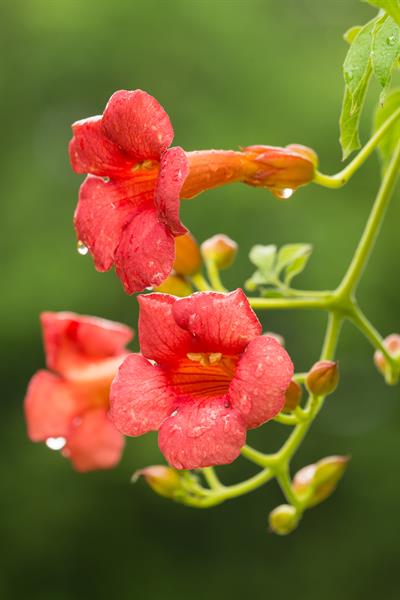 © Keith Bradley | Original Image ⭷
© Keith Bradley | Original Image ⭷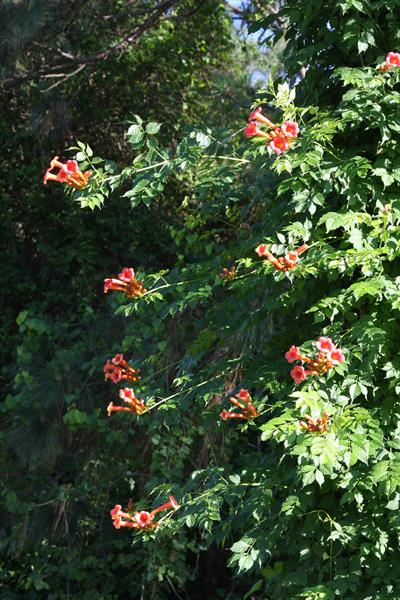 © Bruce A. Sorrie | Original Image ⭷
© Bruce A. Sorrie | Original Image ⭷Feedback
See something wrong or missing on about Campsis radicans? Let us know here: (Please include your name and email if at all complicated so we can clarify if needed.)
Cite as...